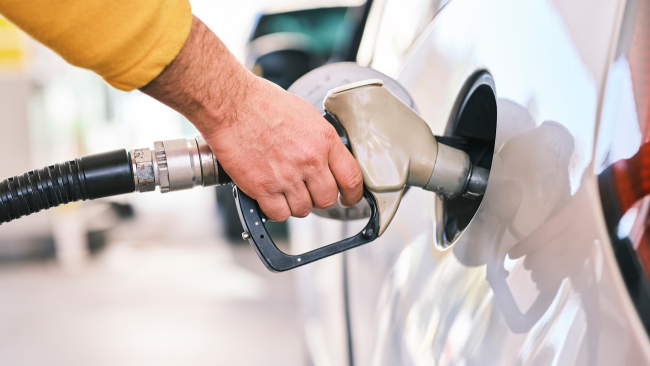
Fleet
E10 vs. E5: How Does It Affect My Fleet?
As fleet managers navigate the ever-changing landscape of fuel options, the introduction of E10 petrol has sparked discussions about its impact on vehicle performance, efficiency, and the environmental footprint. In this guide, we’ll explore the difference between E5 and E10 petrol, addressing key concerns for fleet operators and providing insights to help you make informed decisions for your fleet.
What is E10 Fuel and What Are the Benefits?
E10 is a biofuel blend containing up to 10% renewable ethanol, compared to the 5% in standard E5 petrol. The primary benefit of E10 is its potential to reduce carbon dioxide (CO2) emissions. The UK government estimates that the switch to E10 could cut CO2 emissions by 750,000 tonnes annually—equivalent to removing 350,000 cars from the road.
This greener fuel aligns with the UK’s commitment to reducing greenhouse gas emissions and increasing the use of renewable energy in transport. For fleets looking to decrease their carbon footprint, E10 fuel presents an opportunity to make a significant impact with minimal operational changes.
The Difference Between E5 and E10: Is E5 better than E10?
The main difference between E10 and E5 petrol lies in their ethanol content. While this might seem like a small change, it can have several implications for your fleet:
- Compatibility: E10 is compatible with most petrol vehicles manufactured after 2011, but some older vehicles may not be suitable for use with E10. E5 fuel would be the alternative for the affected vehicles.
- Fuel Economy: There’s a slight reduction in fuel economy with E10 vs. E5. The UK government suggests an approximate 1% decrease in miles per gallon when using E10 regularly.
- Environmental Impact: E10 produces less CO2 emissions, making it a more environmentally friendly option than E5 fuel.
- Availability: E10 is now the standard “regular” unleaded petrol at UK filling stations, while E5 petrol remains available as the “super” grade option.
The Impact of switching from E5 to E10 on Fleets
For fleet managers, the switch from E5 to E10 petrol requires careful consideration of several factors:
Compatibility Concerns
While the majority of petrol vehicles in the UK are E10 compatible, it’s essential to check each vehicle in your fleet. It is estimated that about 600,000 to 700,000 older vehicles are not compatible with E10. Use the official E10 vehicle checker to verify compatibility for each model in your fleet.
Effects on Fuel Efficiency
The slight decrease in fuel economy with E10 could impact your fleet’s overall efficiency. While a 1-2% reduction might seem minimal, it can add up across a large fleet over time. Fleet managers should factor this into fuel budgeting and route planning to maintain optimal efficiency.
Potential Impact on International Fleets
For fleets operating internationally, it’s important to note that E10 fuel adoption varies across countries. While many European nations have already introduced E10, availability and regulations differ. Fleet managers should ensure drivers are informed about fuel compatibility and availability when operating in different regions.
Will E5 Petrol Eventually Be Phased Out?
Although there is significant debate surrounding E10 vs. E5, there are no concrete plans to completely phase out E5 fuel in the UK. E5 remains available as a “super” grade option for vehicles that aren’t compatible with E10. However, the long-term trend is clearly moving towards more renewable fuel options.
Fleet managers should consider this trend when making long-term vehicle procurement decisions. Investing in E10-compatible vehicles now can help future-proof your fleet against potential changes in fuel availability.
Navigating the Change with WEX Fleet Cards
As your fleet adapts to the E10 fuel transition, WEX is here to support you every step of the way. Our fleet cards offer a range of benefits that can help you manage this change effectively:
- Wide Acceptance: WEX fleet cards are accepted at major fuel stations across the UK, ensuring your drivers can access both E10 and E5 fuels as needed.
- Real-time Alerts: Set up notifications for non-compatible fuel purchases to prevent costly mistakes.
- Cost Control: Implement spending limits and restrictions to manage the potential increase in fuel costs during the transition period.
The shift from E5 to E10 petrol represents a significant change for UK fleets. While it brings environmental benefits, it also requires careful management to ensure smooth operations. By understanding the differences between E5 and E10, assessing your fleet’s compatibility, and leveraging tools like WEX’s fleet cards, you can navigate this transition successfully. Contact us today to learn more about how we can support your fleet’s evolving needs.





